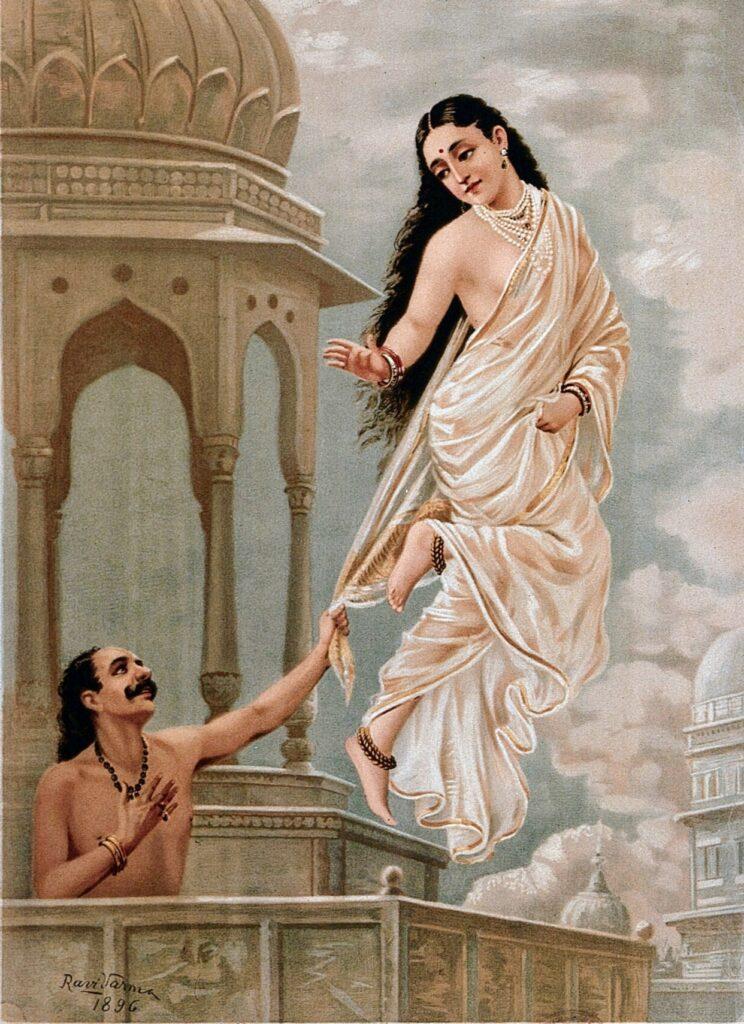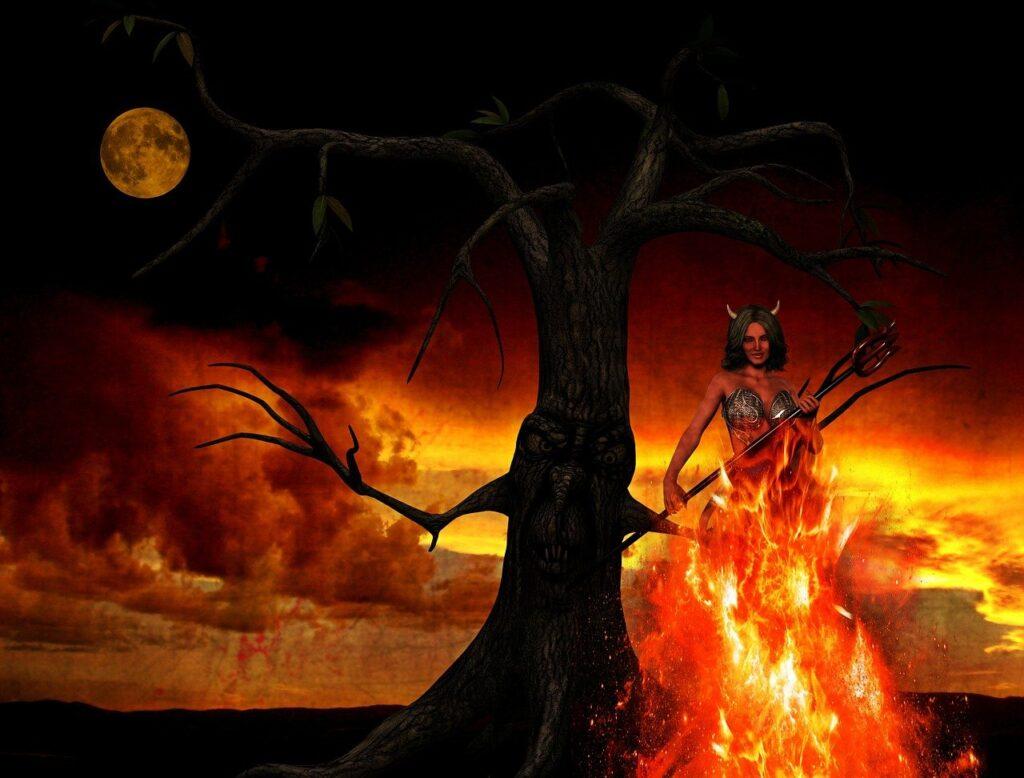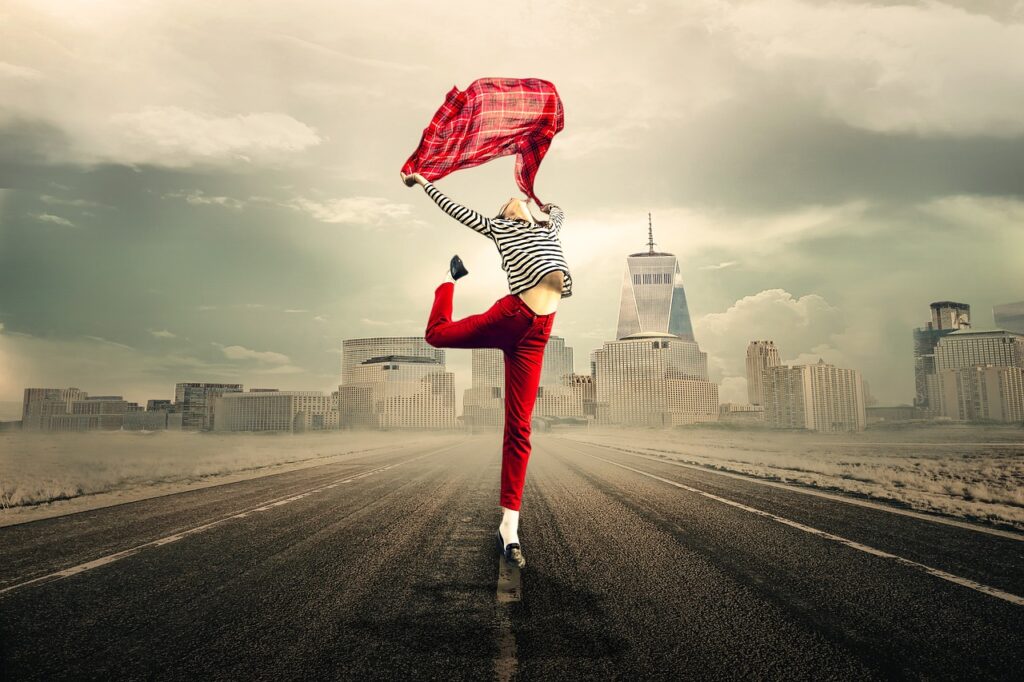
The sacred Bhagavad Gita conveys the essence that we, living beings, are fundamentally spirit souls. The very core of our life and consciousness emanates from the soul. Within this world, living beings find themselves ensnared within material bodies. The denizens of this realm endure the inevitable cycles of birth, illness, aging, and demise. While the physical form is transient, the soul remains immortal. Unborn and undying, the soul seamlessly migrates from one vessel to another upon death. This doctrine of rebirth asserts that when an individual’s biological life concludes (through death), the ethereal core of the soul embarks on a profound odyssey, commencing a fresh existence within a distinct corporeal casing. This casing can manifest as a human, resonating with intellect and emotion; an animal, endowed with instinctual prowess; or even a spiritual entity, transcending the confines of the physical realm. The selection of this embodiment is contingent upon the accrued Karma, the sum of one’s actions in the preceding life. This perpetual cycle of ceaseless birth and demise is termed as “Samsara.” In this article, we elaborate extensively on the potential destinations the soul might traverse subsequent to the body’s passing.
#1 Heaven – Celestial Realms and Heavenly Pleasures
Based on one’s predominant qualities at the time of death, the destination of the soul varies. Those who have accrued sufficient pious credits, and are situated in the mode of goodness at the time of death, ascend to heaven, to the realm of the devas (demigods), experiencing a higher celestial existence. When a soul attains the heavenly realms, it resides there until its accumulated virtuous merits are exhausted. Subsequently, the soul descends once again to the earthly realm, resuming the cycle of birth and death.

The Vedic scriptures present an intricate portrayal of existence on distant planets, encompassing celestial realms. These ancient texts elaborate on a cosmology containing fourteen tiers of planetary systems within the universe. Among them, the heavenly planets, known as Svargaloka, hold a significant place. Positioned above Bhuloka, the earthly plane, these heavenly abodes constitute a portion of the cosmic arrangement. Beyond Svargaloka, lie even loftier domains, with Satyaloka or Brahmaloka reigning supreme, housing Lord Brahma, the universe’s chief architect.
The happiness and delights relished by denizens of the heavens far surpass the joys found on Earth. Indra, the chief overseer among the divine administrators, governs these heavenly realms. Indraloka, the sphere of Indra’s residence, boasts Nandanakanana gardens, where one can commune with angelic, exquisite women and partake in abundant soma-rasa wine, a celestial elixir. These realms are adorned with opulent palaces, vast gardens abounding in fragrant blooms, picturesque landscapes, and more. Celestial beings called gandharvas continuously fill the air with melodious harmonies. Such are the pleasures within Indraloka’s paradise. As one ascends beyond Indraloka and enters other celestial dominions, sensory experiences and their objects assume greater subtlety, and the quality of enjoyment refines immensely. In stark contrast to these heavenly planes, Earth’s sensory gratifications appear insubstantial, experienced at a notably coarse level.
The residents of heaven predominantly embody the mode of goodness, largely unaffected by the lower modes of passion and ignorance. They exhibit devout allegiance to the Supreme Lord, upholding Vedic principles with piety and dedication.
Interestingly, despite the lavish comforts these higher domains offer, the Vedas discourage inhabiting them. Life in heavenly realms, regardless of its sensory allure, diverts individuals from directing their attention towards attaining devotion to the Supreme Lord – the paramount objective of one’s existence. This is why inhabitants of the celestial realms aspire to be reborn in India (Bharat), where they can seize the supreme opportunity to reorient themselves towards the spiritual pursuit of wholehearted devotion to the Supreme.
These heavenly realms, integral to the material creation, bear an ephemeral nature destined for dissolution after a certain span. While this temporal span might appear infinitely lengthy when juxtaposed with Earth’s time, it remains trivial in the grand scheme of eternity. Regrettably, even if one qualifies for entry into these heavens, perpetual habitation is denied. Upon depleting their accrued virtuous merits, individuals are compelled to return to Earth and commence anew. When a soul transitions back to Earth from the celestial realms, it is bestowed with the chance to incarnate into a distinguished or prosperous lineage. This incarnation provides an encounter with life’s manifold extravagances. During this phase, the person’s lingering virtuous merits are gradually utilized, while their impending actions shape the course of their future karmic consequences.
#2 Hell – Suffering and Redemption
Individuals who partake in malevolent deeds during their lifetime, inflicting harm upon others for their personal gratification, find themselves transported to Hell following death. These wrongdoers are predominantly driven by the modes of ignorance (tamas). The concept of hellish retribution, expounded in the Bhagavata Purana (Srimad Bhagavatam), serves a dual purpose: purification and deterrence. Through the crucible of torment in these infernal dimensions, the soul undergoes cleansing, laying the groundwork for subsequent enlightenment and liberation from sinful inclinations in future lifetimes.

Within the Bhagavata Purana, an intricate tapestry of 28 infernal realms is meticulously woven, each designated for specific transgressors according to the nature of their offenses. This divine framework of justice operates on the premise of fitting consequences, ensuring that the penalty aligns with the crime committed. Among those who obstinately reject the existence of a divine entity and the laws governing nature, a notion of absolute freedom to indulge in sin prevails. Yet, despite their misconstrued notion of autonomy, they remain beholden to the unchanging laws of the material world. Consequently, they unknowingly amass the burden of their wrongdoings and are confronted with the ramifications in the realm beyond life. Thus, the infernal domains stand as a realm of accountability, where wrongdoers grapple with the dire aftermath of their misdeeds.
Having undergone a fraction of their karmic consequences in the depths of hell, these souls are destined to retrace their steps back to Earth, reincarnating into lower life forms to settle the remainder of their karmic debts. Over time, they progress towards assuming human birth, wherein they are granted the chance to begin anew and engage in virtuous actions that foster the advancement of their consciousness.
#3 Earth and The Rare Gift of Human Life
Those who depart from life while influenced by the mode of passion (raja guna) continue their journey through earth, subsequently rebirthing as human beings. The nature of this rebirth is determined by their preceding karma, aligning with the requisite degree of preordained prosperity. It is emphasized that obtaining a human birth is an exceptionally rare occurrence amidst the 8.4 million species of life. It is exclusively within human life on Earth, characterized by a balance between pleasure and pain, that a soul can fully explore its potential to cultivate devotion towards the Supreme Lord. Neither the realm of excessive pleasure found in heaven nor the realm of excessive pain found in hell provides a suitable environment for the cultivation of spirituality.

In comparison to animal existence, human life comes with greater responsibilities. Instead of channeling our efforts solely into acquiring better material comforts, our focus should shift towards finding enduring solutions to life’s fundamental predicaments: birth, aging, sickness, and death. Otherwise, we risk being trapped in a perpetual cycle, akin to riding a Ferris wheel, endlessly moving up and down the material realm. Devotees singularly dedicated to the service of the Supreme Personality of Godhead harbor no apprehension regarding life’s circumstances. For them, the realms of heaven and hell hold equal weight, as these devotees are solely devoted to serving the Lord. Srila Prabodananda Saraswati, a great devotee of the Supreme Lord hence exclaims –
Kaivalyam narakayate tri dasa pur akasha puspayate
Durdantendriya kala sarpa patali protkhata damstrayate
Visvam purna sukhayate vidhi mahendradis ca kitayate
Yat karunya kataksa vaibhav-avatam tam Gauram eva stumah
(Chaitanya Chandramrita, text 5)
–
For those who have attained the merciful sidelong glance of Lord Gauranga (Supreme Lord), impersonal liberation (merging into the brahmajyoti) becomes as painful as going to hell, the heavenly cities of the demigods seem to be as trivial as mere flowers floating in the sky, the venomous and poisonous fangs of the untamable black snakes of the senses become extracted and uprooted,the whole world which is otherwise full of misery becomes full of supreme joy and the exalted positions of Brahma, Indra and all the demigods become as insignificant as those of tiny insects. Let us glorify that supremely merciful Lord Gauranga.
#4 Moksha – Liberation from the Cycle of Birth and Death
The term “Moksha” originates from the Sanskrit word “Mukti,” which denotes liberation or freedom. Moksha represents the ultimate goal of transcending the material world and its burdensome entanglements. Within this material realm, marked by the inherent flaws of birth, disease, old age, and death, human beings endure various sufferings caused by natural calamities, interactions with fellow beings, and the anxieties that plague the mind. Hinduism, also known as Sanatan Dharma, posits that Moksha entails breaking free from the cycle of birth and death, known as reincarnation, and experiencing blissful union with the Divine.
Moksha signifies the liberation from the shackles of the gross and subtle bodies, allowing one to reconnect with their original spiritual identity and unite with the Supreme Being. It is considered the ultimate culmination of human life’s purpose.

There exist five types of salvation, or Moksha, that a spiritual seeker can attain at the culmination of their journey, thereby transcending the cycles of birth and death:
- Svarupya: This form of salvation grants the individual the same divine form as that of the Supreme Lord, aligning their essence with the Lord’s divine nature.
- Salokya: In this liberation, the individual gains the privilege of dwelling in the same abode as the Supreme Lord, sharing proximity and divine presence.
- Sarsti: Acquiring this liberation bestows upon the individual the same opulence and divine attributes as the Lord, residing in the celestial realms known as Vaikuntha.
- Samipya: This type of liberation offers the individual an intimate relationship with the Lord, becoming a personal associate and basking in His direct association and companionship.
- Sayujya: Sayujya refers to a form of liberation where the individual loses their separate identity and merges into the impersonal effulgence of the Supreme Brahman. In this state, the soul is unable to establish a loving relationship or render service to the personal form of the Supreme Lord. Sayujya Mukti, although a state of freedom from material bondage, is viewed unfavorably by devotees who cherish their loving connection with the Lord. It is worth noting that the impersonalists, known as Mayavadis, who do not recognize the Supreme Lord as a person, aspire for Sayujya Mukti.